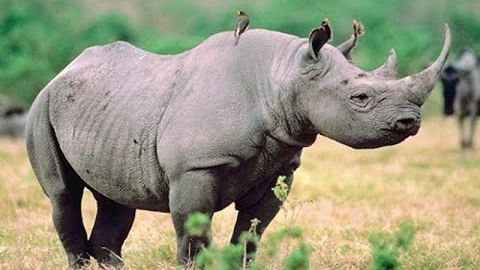サイの戦争 - ナショナルジオグラフィック (The Rhino War - National Geographic)
不信中原不姓朱 が 2021 年 01 月 14 日 に投稿  この条件に一致する単語はありません
この条件に一致する単語はありません- n. (c./u.)(同じ文化を共有する)民族;人々;人々;親族;社員
- v.t.居住する
- n. pl.人々
US /bɪˈhevjɚ/
・
UK /bɪ'heɪvjə/
- n. (c./u.)業界;貿易;交換;仕事;取引;顧客
- v.t.取引する;交換する;取引する
- adv.乱暴に : でたらめに
- adj.野生の;未開の
- n. (u.)荒野
エネルギーを使用
すべての単語を解除
発音・解説・フィルター機能を解除

